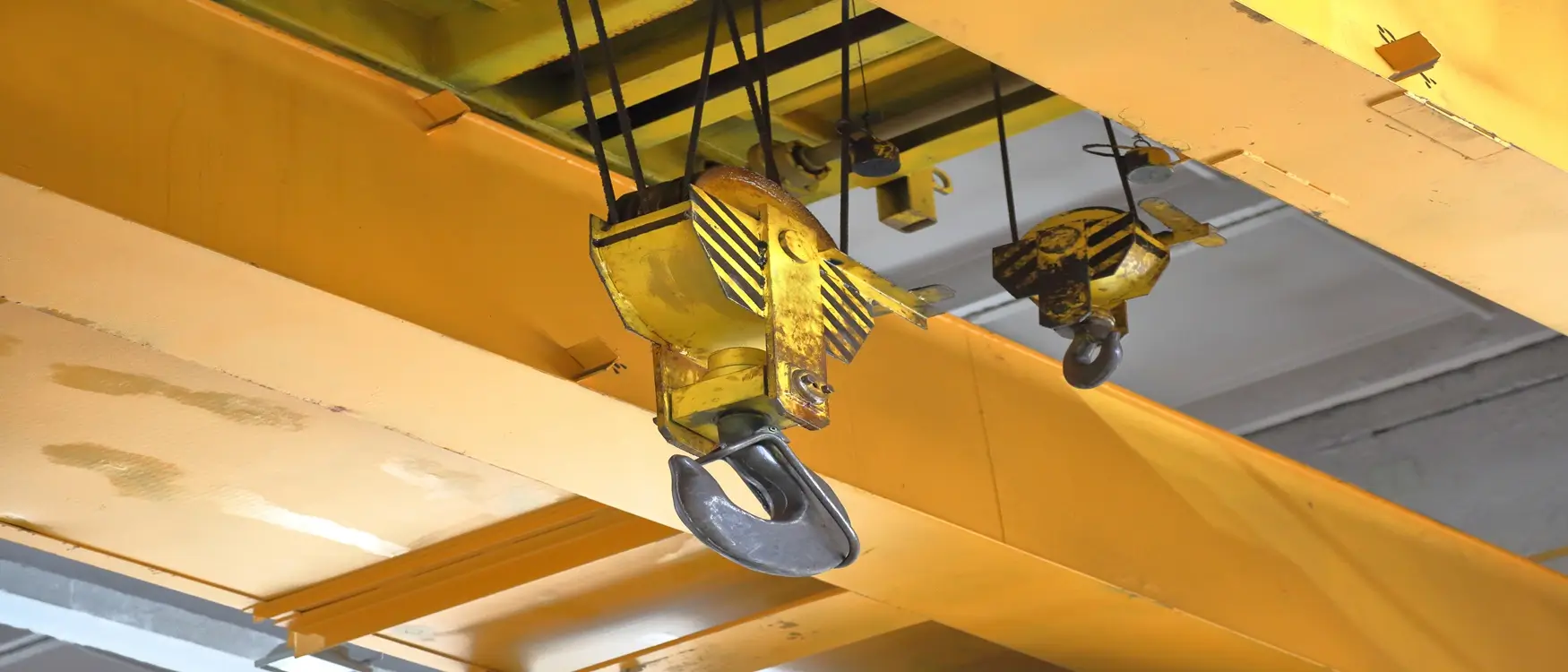LOLER Appointed Person
Gain the skills and legal knowledge required to plan and supervise lifting operations with our 4-day LOLER Appointed Person course. Aligned with the Lifting Operations and Lifting Equipment Regulations 1998, this course covers lift planning, risk assessments, crane selection, load calculations, and team coordination. Ideal for supervisors and site managers, it ensures compliance and safety in lifting operations across construction, engineering, and industrial sectors.

Description
his intensive 4-day LOLER Appointed Person course is designed for individuals responsible for planning and supervising lifting operations in line with the Lifting Operations and Lifting Equipment Regulations 1998 (LOLER). Aimed at experienced personnel such as supervisors, site managers, and engineers, the course provides the competence required to take on the legally defined role of the Appointed Person.
Participants will cover all critical aspects of lifting operations, including legal duties under LOLER and PUWER, risk assessments, method statements, lift categorisation (basic to complex), crane selection, load calculations, and the creation of lift plans. The course also addresses communication protocols, signalling, and the coordination of personnel involved in the lifting operation.
Key learning outcomes include:
-
Understanding the legal responsibilities of the Appointed Person under LOLER
-
Planning and risk-managing lifting operations of all types
-
Producing accurate lift plans and method statements
-
Selecting appropriate lifting equipment and assessing loads
-
Coordinating lifting teams and ensuring effective communication on site
Upon successful completion, delegates will be able to safely and competently fulfil the duties of a LOLER Appointed Person, ensuring compliance and reducing risk during lifting activities.
Ideal for those working in construction, manufacturing, utilities, or any environment involving cranes and heavy lifting.
Certification Details
Certificate of Training as a LOLER Appointer Person
Content
-
Overview of LOLER 1998 and PUWER 1998 regulations
-
Roles and responsibilities of the Appointed Person
-
Risk assessments and method statements for lifting operations
-
Categories of lifts: basic, standard, and complex
-
Planning and supervising lifting operations
-
Crane types and safe equipment selection
-
Load assessment and centre of gravity calculations
-
Slinging techniques and lifting accessories
-
Interpreting lifting capacity charts and technical data
-
Developing lift plans and documentation
-
Communication, signalling, and teamwork on-site
-
Coordination of lifting teams and supervision responsibilities
-
Site planning and hazard identification
-
Final checks and post-lift procedures
-
Assessment and certification
Who is it For?
Persons responsible for lifting operations and lifting equipment.
Want to run this event in-house? Enquire about running this event in-house
Suggested Courses For You
1-Day LOLER Slinger/Signaller Theory
Learn the essential skills for a slinger/signaller, safe crane operations, slinging techniques, and load handling in compliance with PUWER, LOLER, and ISO standards. This course covers legal requirements, lift planning, signalling, equipment inspection, and crane supervisor responsibilities—ideal for operators, riggers, and supervisors working in lifting and hoisting environments.
Evening Class – Level 2/5 Fire Safety (Fire Marshal) (RQF)
The Level 2/5 Fire Safety focuses on fire safety and is set up for the working professional; the roles and responsibilities, reporting, precautions and emergency procedures, preparing the learner for work as a responsible person with regards to fire safety, such as a Fire Marshal.
Level 1 Award in Safeguarding Awareness (RQF)
The Level 1 Safeguarding Awareness provides an understanding of safeguarding, applicable in any setting where individuals interact with children or adults at risk, such as workplaces or activity groups. It equips learners with the knowledge to identify safeguarding concerns, properly record disclosures, and report them to the appropriate authorities.

